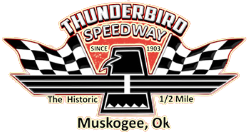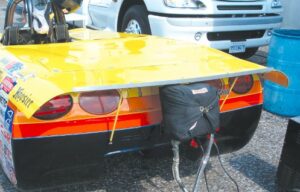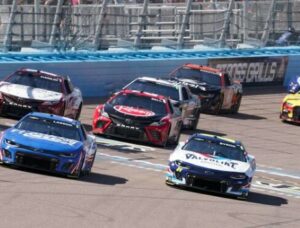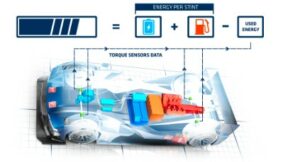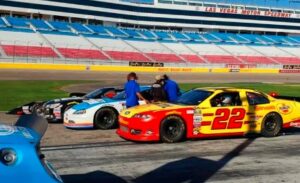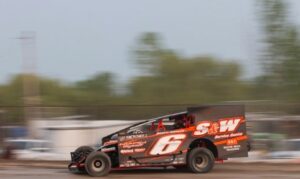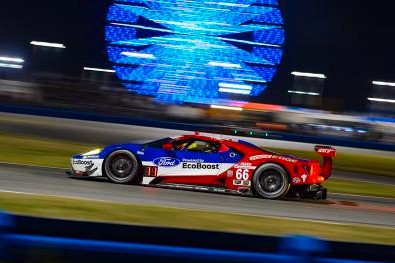
Horsepower limits play a crucial role in maintaining fairness, safety, and competitiveness in various racing disciplines. In this comprehensive guide, we’ll delve into the world of horsepower limits in racing, examining their significance, enforcement, and impact on the sport. From stock car racing to drag racing, we’ll explore how horsepower regulations shape the dynamics of competition and influence the performance of race cars on the track.

Understanding Horsepower Limits
Horsepower limits are restrictions imposed on the maximum power output of race cars’ engines, typically measured in horsepower (HP) or kilowatts (kW). These limits are implemented by racing organizations to ensure parity among competitors, enhance safety, and control costs within the sport.
Importance of Fair Competition
Maintaining a level playing field is essential for fostering fair competition in racing. Horsepower limits help prevent teams with superior resources from gaining an unfair advantage over smaller teams, promoting closer and more exciting racing for fans.
Safety Considerations
Excessive horsepower can pose safety risks on the track, especially on circuits with tight corners or limited run-off areas. Implementing horsepower limits helps prevent cars from reaching dangerous speeds, reducing the likelihood and severity of accidents.
Enforcement of Horsepower Limits
Enforcing horsepower limits requires rigorous testing, monitoring, and compliance measures to ensure that teams adhere to the regulations set forth by racing authorities.
Dyno Testing
Dyno testing is a common method used to measure the horsepower output of race car engines. Racing organizations may conduct dyno tests before, during, or after races to verify compliance with horsepower limits and detect any attempts to circumvent the regulations.
Technical Inspections
Technical inspections play a crucial role in enforcing horses limits and ensuring that race cars comply with the rules and specifications set by racing authorities. Inspectors examine various components of the car, including the engine, intake, and exhaust systems, to verify compliance with horsepower regulations.
Impact on Performance and Racing Dynamics
Horsepower limits have a significant impact on the performance characteristics and racing dynamics of race cars, influencing factors such as acceleration, top speed, and handling.
Acceleration and Top Speed
Lower horsepower limits typically result in slower acceleration and lower top speeds. This is as cars have less power to propel them down the straightaways. This can lead to closer racing and more overtaking opportunities. This is because drivers rely on skill and strategy rather than raw horsepower to gain an advantage.
Handling and Cornering
Reduced horsepower can also affect the handling and cornering capabilities of race cars, as drivers must adapt their driving style to compensate for the lack of power. Cars may exhibit more predictable and controllable behavior through the corners, promoting closer wheel-to-wheel racing and minimizing the risk of accidents.
Thunderbird Speedway: A Case Study
Thunderbird Speedway, a renowned racing venue known for its thrilling dirt track events, also imposes horse limits on competing cars to ensure fair and competitive racing.
Class-Specific Regulations
Thunderbird Speedway implements class-specific horsepower limits tailored to different divisions and categories of race cars. This helps maintain parity among competitors within each class and ensures that races are closely contested and entertaining for spectators.
Tech Inspection Procedures
Thunderbird Speedway runs technical inspections conducted regularly to enforce horse limits and verify compliance with class regulations. Inspectors meticulously scrutinize each car to ensure that it meets the horsepower restrictions and safety standards mandated by the track.
Conclusion: Balancing Power and Performance
Horsepower limits play a vital role in shaping the dynamics of racing. Effectively balancing power and performance to ensure fairness, safety, and competitiveness on the track. From stock car racing to dirt track events like those at Thunderbird Speedway. Horsepower regulations help maintain parity among competitors and enhance the spectacle of motorsport for fans around the world.
As racing continues to evolve, horsepower limits will remain a fundamental aspect of the sport. Actively guiding the development of race cars and shaping the strategies of drivers and teams. By striking the right balance between power and performance, racing authorities can uphold the integrity of the sport. All while delivering thrilling and memorable experiences for fans and participants alike.
